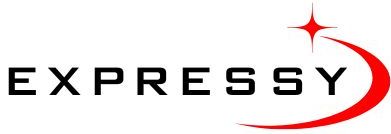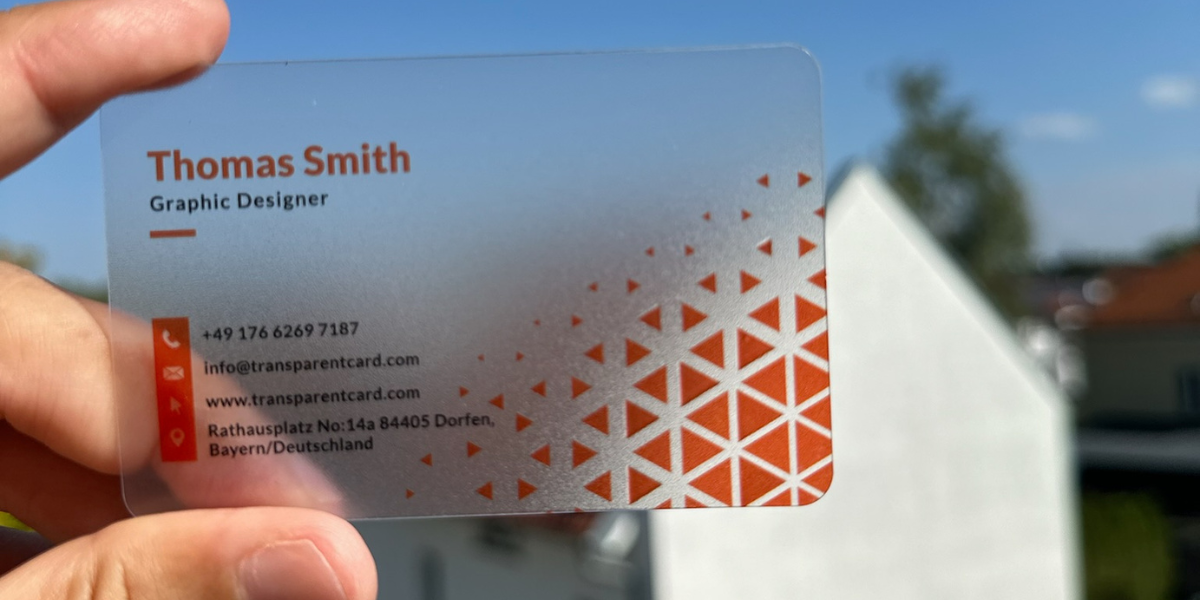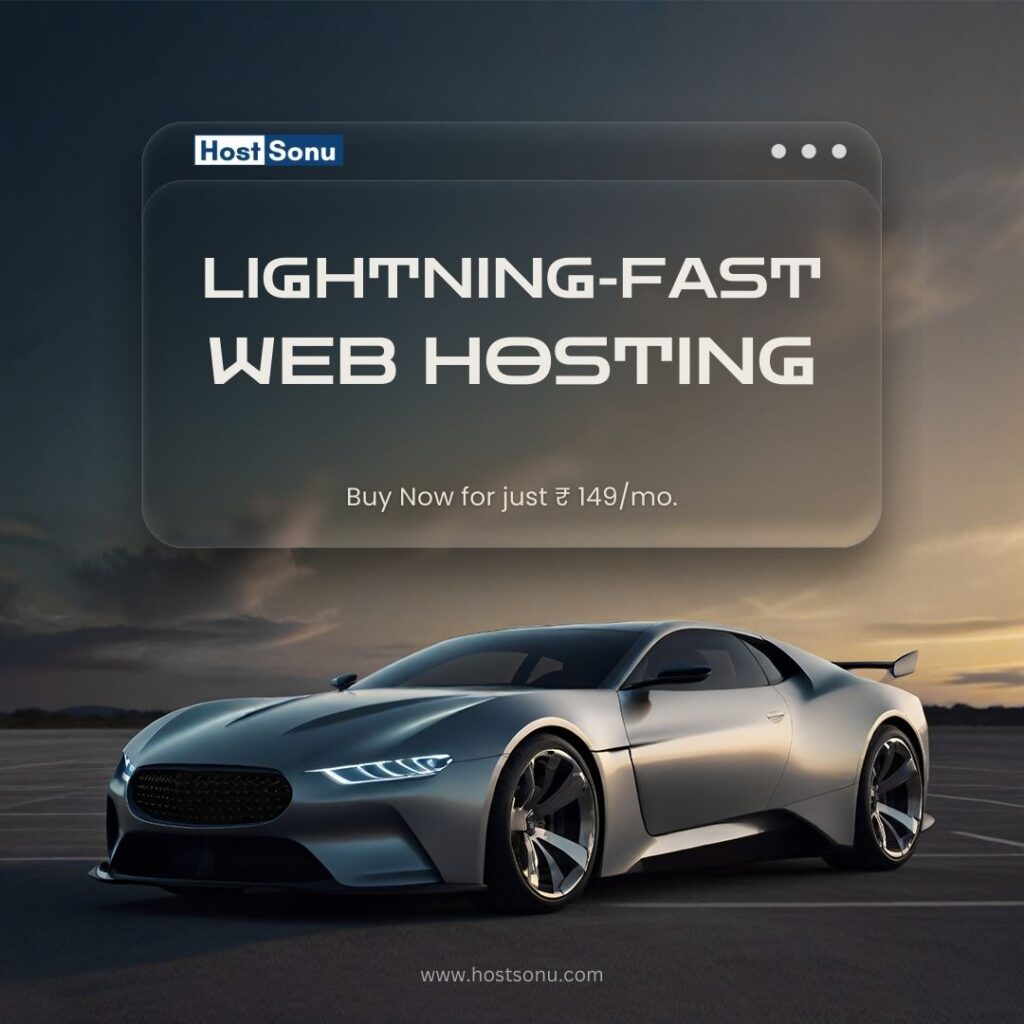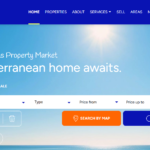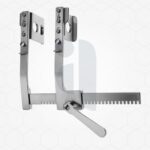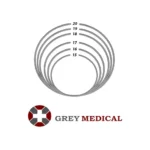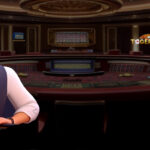Business cards are an important tool that reinforces professionalism and brand perception in the business world. Business card designs specific to each sector play a critical role in gaining a competitive advantage in the business world and increasing brand value. In this article, we will discuss impressive and functional business card designs for different sectors. Packed with design tips and suggestions, this guide will help you design the perfect business card that reflects the identity of your business.
Basic Principles of Business Card Design
There are some basic elements that should be considered in business card design. These principles are the starting point for a professional and attractive business card design, regardless of the sector:
- Minimalist Design: A simple and clear design, free from clutter, is always more impressive.
- Brand Colors and Logo: You should use the color palette and logo that best reflects your company’s identity.
- Legible Fonts: Fonts should be easily readable and in harmony with the overall integrity of the design.
- Clean Layout: Information should be presented in an organized manner without overwhelming the recipient.
- High Quality Printing: The durability and quality of your business card has a direct impact on your brand perception.
1. Health and Medical Sector
Business cards for the healthcare industry should convey a sense of confidence and professionalism. It is important that the design is clean, organized and clear.
- Color Selection: Calm and reassuring tones such as blue, white and green should be preferred.
- Fonts: Modern and simple fonts should be used. Overly flashy fonts should be avoided.
- Icons and Visuals: Stethoscope, heartbeat or health-related icons can be added to the design.
- Example: A business card for a doctor might include name, title, contact details and a hospital logo.
2. Creative Industries (Designers, Photographers, Artists)
For professionals in the creative sector, a business card is also a tool to showcase their talents. Unusual and memorable designs are preferred to attract attention in this sector.
- Printing Techniques: Embossing, lacquer or metallic details can enhance the impact of the design.
- Personalization: The business card should reflect the designer’s style and personal touches.
- Example: The business card of a photographer client may use a frame from his portfolio or a camera icon.
3. Technology and Software Industry
The technology sector requires a modern and innovative approach. For this reason, business card designs should include elements that reflect the spirit of the digital age.
- Geometric Patterns: Abstract patterns symbolizing technology can be used.
- QR Codes: Adding a QR code for website or portfolio link emphasizes the transition to the digital world.
- Color Palette: Modern tones such as black, gray and blue can be at the forefront.
- Example: A business card design for a software developer can include a simple logo, name, title and a QR code.
Read More: How To Use Presentation Folders For Effective Client Meetings
4. Fashion and Beauty Industry
In the fashion and beauty industry, visuality, aesthetics and luxury perception are at the forefront. Sophisticated and striking details should be used in business card designs.
- Feminine Details: Gold, silver or pastel tones are often preferred in this sector.
- Modern Typography: Elegant and thin fonts create a perception appropriate for the sector.
- Visual Elements: The business card can feature iconic illustrations or motifs that support the brand aesthetic.
- Example: A business card for a beauty salon could use an elegant logo and a background in pastel colors.
5. Food and Restaurant Industry
Business cards for the food industry should present an appetizing and inviting design. Effective use of colors and images can whet customers’ appetites.
- Vibrant Colors: Energizing colors such as yellow, red or green are preferable.
- Textured Printing: Textured papers can be used in material selection.
- Visuals: Food visuals or illustrations in line with the theme of the restaurant can be included.
- Example: Business card design for a coffee shop can include a background decorated with coffee beans.
6. Real Estate and Construction
In the real estate and construction sector, it is essential to create a perception of reliability and professionalism. A corporate approach should be adopted in design.
- Classic Colors: Corporate colors such as navy blue, white and gray can be preferred.
- Logo Usage: The company logo should be in the foreground.
- Typography: Neat and professional fonts should be used.
- Example: A business card for a real estate office may include building silhouettes and the company logo.
7. Education and Consultancy Sector
Business cards in the education and consulting sector should offer a design that conveys information in a reliable way. Simplicity and order play an important role in this sector.
- Corporate Colors: Colors like navy blue and green symbolize knowledge and reliability.
- Adding a Slogan: A slogan that reflects the vision or mission of the company can be added.
- Layout: It is important that the information is clear and easy to read.
- Example: For an educational institution, an academic logo and contact information can be at the forefront of the business card.
Business Card Design Tips
- Different Shapes: Think beyond the traditional rectangular business card and consider designs with square or rounded corners.
- Variety of Materials: Instead of paper, you can use different materials such as plastic, metal or wood.
- Interactive Designs: Links with QR codes or foldable elements added to the business card provide interactivity.
- Double Sided Use: You can use one side of the card for brand information and the other side for advertising or promotion.
Conclusion
Business card design specific to each sector is an effective way to represent your brand in the best way. You can create unique and creative business cards by considering the dynamics of your industry in design. Remember, a well-designed business card goes beyond just sharing your contact information, it creates a first impression and leaves a lasting impression on your potential customers.
